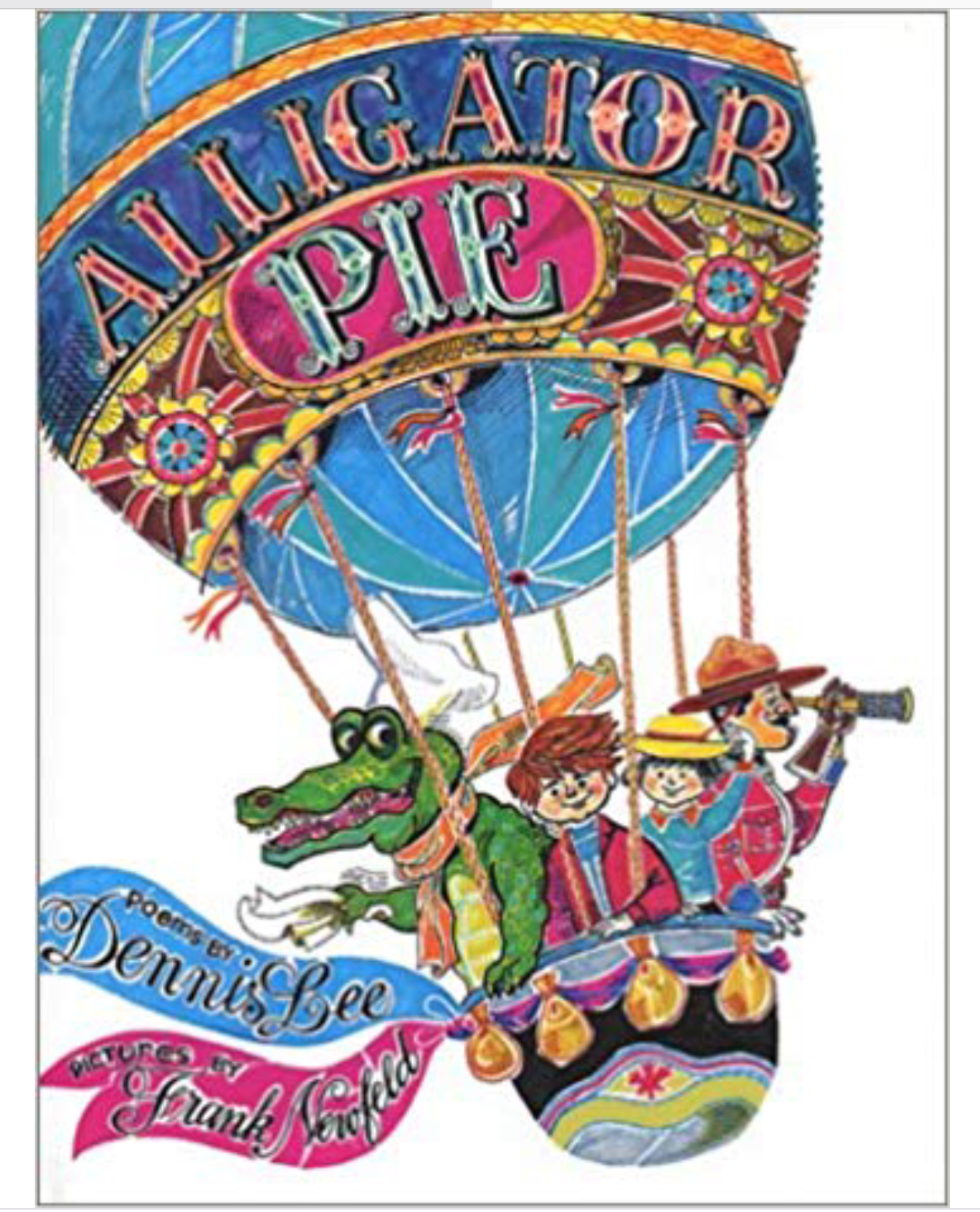When I was in the Faculty of Education one of my Associate Professors was Jean Malloch, author of “Chime In” and other professional teaching resources. I learned from her the importance of rhythm and rhyme in the early acquisition of language. I also love to read and write poetry. While growing up my sisters shared their own love of the poetry of Ogden Nash and Dennis Lee. These poets formed the beginning repertoire of poetry that I have shared with my students over the years with the addition of poets Shel Silverstein, Ken Nesbitt and Loris Lesyinski to name a few.
At the beginning of the school year when teaching in the primary grades, I would create a ‘Chime and Chant’ duo tang for students with two or three poems about September, fall, school and character. Each week during the school year we would add a new poem. Sometimes it was just because they were fun to read and perform. Other times they were connected to our topics of study. We worked together reading these poems chorally in different ways: call and answer, parts attributed to groups of students, leaving out the last word of the line and having the students chime in as well as reading with actions, different types of voices and dramatic effects. These short poems also provided opportunities for me to teach beginning reading strategies such as word prediction, reading word families and segmenting words. We would practice our poetry daily and often the students would have the majority of the poetry memorized by the end of the week. Sometimes while standing and waiting during a transition time we would chant a familiar poem together without even using our duo tangs. We would take poems apart, mix them up, change the words and use the poems to identify word families, commonly used words and word endings. Students would increase their fluency in reading and add to their vocabulary. We stored our poetry books in the student’s book bags and which ensured that when students went to their independent reading time they always had something that they could read independently. When students partner read they would often choose to read poems chorally. When students read to their grade four buddies they would proudly show off their reading skills with their Chime and Chant books. As some students soared in their reading, they would choose some of the poems that they wanted added to their Chime and Chant books independently or I would provide some new more challenging poems during their guided reading time. As the year progressed, the Chime and Chant books became more personalized. We would still chant some of our favourite poems together and I would still share a poem a week but students but less emphasis was placed on the whole class process as they gained their own reading strategies.
Beginning writing in the primary grades can be daunting for some students. I used poetry writing to provide structures that were easily accessible for beginning writers. Diamanté, list, free form and fill in the blank poetry structures were among some of the formats that we used. When I taught students to write poetry we would create shared poems with the structure for a number of days and generate word charts to provide students with familiar vocabulary to reference in order to scaffold the learning and when they were ready, the students would put their own poems together. After writing the poetry students would then practice reading their poetry, add actions and dramatic effects and then present their poems chorally in front of the class or create a video of their reading. Some went further and created green screen effects to add to their poetry presentations. Poetry generated student evidence of learning for reading, writing and oral communication. It provided a routine and structure to a part of our day that was comfortable for the students and fostered their learning. Poetry provides shared reading and writing opportunities in a format that is comfortable for children and doesn’t overwhelm them.

